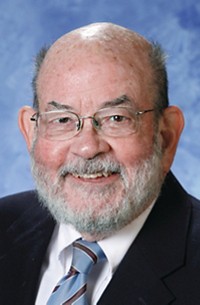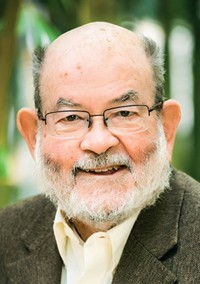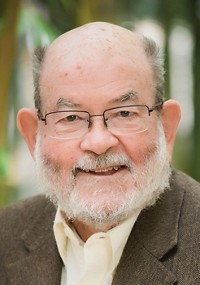Advertisement
Grab your lab coat. Let's get started
Welcome!
Welcome!
Create an account below to get 6 C&EN articles per month, receive newsletters and more - all free.
It seems this is your first time logging in online. Please enter the following information to continue.
As an ACS member you automatically get access to this site. All we need is few more details to create your reading experience.
Not you? Sign in with a different account.
Not you? Sign in with a different account.
ERROR 1
ERROR 1
ERROR 2
ERROR 2
ERROR 2
ERROR 2
ERROR 2
Password and Confirm password must match.
If you have an ACS member number, please enter it here so we can link this account to your membership. (optional)
ERROR 2
ACS values your privacy. By submitting your information, you are gaining access to C&EN and subscribing to our weekly newsletter. We use the information you provide to make your reading experience better, and we will never sell your data to third party members.
People
Zare Named Priestley Medalist
Stanford chemist honored for lifetime of scientific achievement and service to chemistry
by Celia Henry Arnaud
June 8, 2009
| A version of this story appeared in
Volume 87, Issue 24

Richard N. Zare, 69, the Marguerite Blake Wilbur Professor in Natural Science and Howard Hughes Medical Institute Professor at Stanford University, will receive the 2010 Priestley Medal. The annual award, which is the highest honor bestowed by the American Chemical Society, recognizes distinguished service to the field of chemistry.
"I'm very delighted to receive this honor," Zare says, "but there are so many other deserving people, too."
"Dick Zare is a superb choice for the Priestley Medal," says Dudley Herschbach, a Nobel laureate and emeritus chemistry professor at Harvard University. "His research is wonderfully innovative, immensely fruitful, and of amazing scope. His teaching, mentoring, and public service are likewise extraordinary. Moreover, Zare is a delightfully ebullient, evangelical speaker."
"There is hardly anyone else, worldwide, who can lay claim to having contributed more to the field of physical chemistry, who has excelled in teaching, and who has been so active in service to the field of chemistry," says Gerald J. Diebold, a professor of chemistry at Brown University.
Zare is "a true chemistry hero, as he has devoted countless hours to the promotion of the field to young and old alike," says Harry B. Gray, a professor of chemistry at California Institute of Technology. "He is a dynamo whose passion for chemistry seemingly knows no limits."
Zare has made many scientific contributions to the field of chemistry, particularly in laser spectroscopy. He introduced laser-induced fluorescence as a method for studying reaction dynamics and as a sensitive detection method for analytical chemistry. For example, laser-induced fluorescence was the detection technique used to sequence the human genome, Zare points out.
Zare has also been active in public service. He was a member of the National Science Board (the governing body of the National Science Foundation) from 1992 to 1998 and its chairman from 1996 to 1998. "He was enormously effective in that demanding role, taking on important thorny problems and working in partnership with the director to ensure that NSF avoided political meddling and was able to move forward with good budgets and programs to support the nation's best research ideas and the best people to pursue them," says Neal Lane, who was NSF director when Zare was on the NSB. "We are all indebted to him for his contributions to science and the nation."
Zare received a bachelor's degree in chemistry and physics from Harvard University in 1961 and a Ph.D. in chemical physics from the same institution in 1964, working with Herschbach. He became an assistant professor of chemistry at Massachusetts Institute of Technology in 1965, but moved to the University of Colorado, Boulder, in 1966, where he held joint appointments in the departments of chemistry and physics & astrophysics. In 1969, he became a full professor at Columbia University. He has been a chemistry professor at Stanford University since 1977.
Zare has received many awards throughout his career, including the Fresenius Award from Phi Lambda Upsilon, the Welch Award in Chemistry, and the Wolf Prize in Chemistry, among many others. He is a member of ACS, the National Academy of Sciences, and the American Academy of Arts and Sciences. He is a fellow of the American Physical Society, the American Association for the Advancement of Science, and the Association for Women in Science.





Join the conversation
Contact the reporter
Submit a Letter to the Editor for publication
Engage with us on Twitter